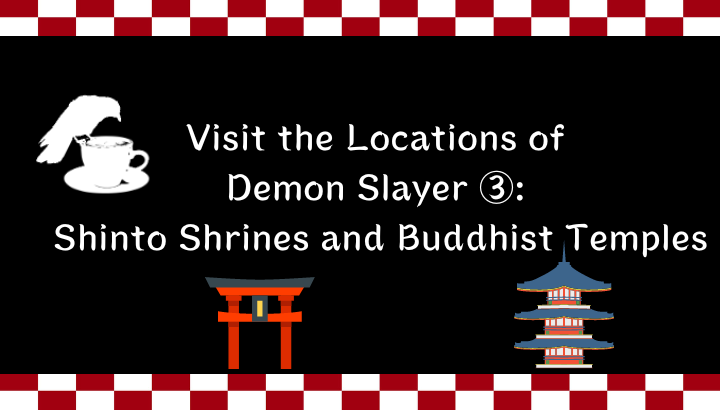It is very popular in Japan to visit the “real-life” locations of anime. It is a so-called “anime pilgrimage” (アニメ聖地巡り). For anime fans the locations associated with the anime scenes are holy places. In this series of articles, the locations of Demon Slayer: Kimetsu no Yaiba are introduced. This article is on Shinto shrines and Buddhist temples which are considered to be associated with Demon Slayer.
Five shrines and temples that are considered to be Kimetsu pilgrimage locations
Hachiman Kamado Shrine
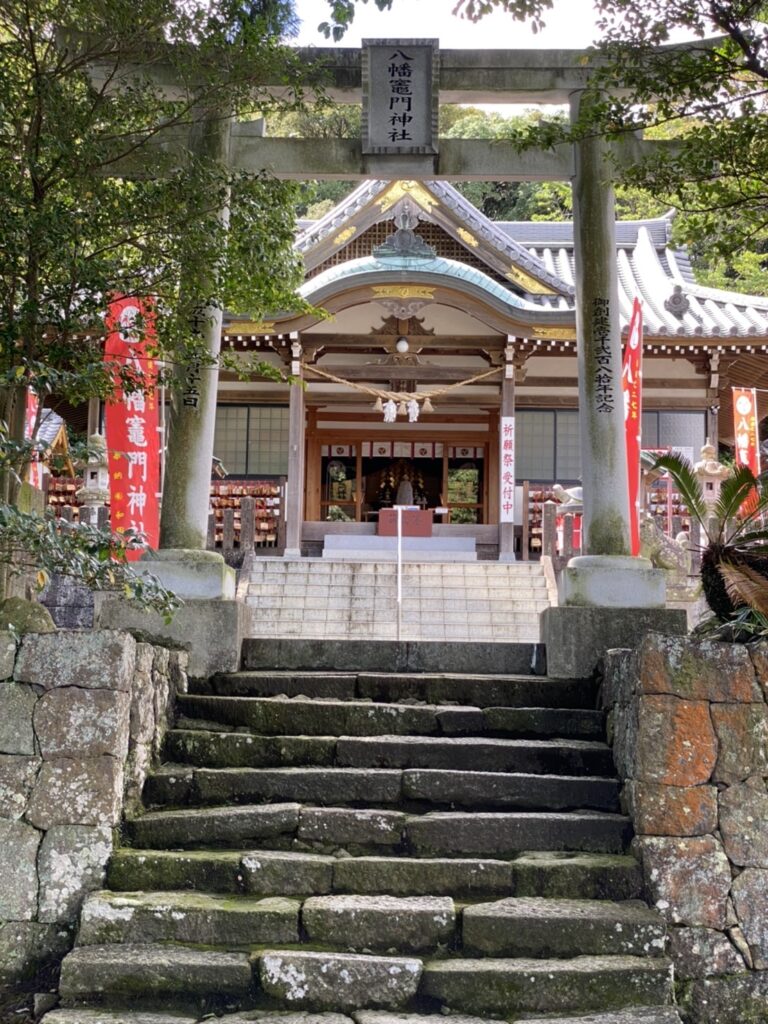
In Oita Prefecture there is a Shinto Shrine named “Hachiman Kamado Shrine (八幡竈門神社). This is a very old shrine built in 727 AC. As you know, “Kamado (竈門)” is the family name of Tanjiro and Nezuko. However, this is not the only reason why this shrine attracts fans of Demon Slayer.
First of all, there is a folk tale related to a demon remaining in this shrine:
A long time ago, a demon lived in Kamado Village. The demon appeared every night and ate people. The villager was at a loss and asked the God of Hachiman to exterminate the demon. The God of Hachiman then made the demon promise that if he could build 100 stone stairs in one night, he would make human sacrifices every year. The demon agreed and began to build the stone stairs by carrying stones from here and there valleys and rivers. When the demon made it up to 99 steps, God asked him if he could make it yet. The demon took a deep breath and said “one more step”, then the rooster announced a daybreak. The demon was frightened and ran away, and never came back to the village. If you look at the stone stairs, the lower ones are carefully made, but the upper ones are rough.
From the website of Hachiman Kamado Shrine
There is also a 45cm stone sandal left by the demon. The foot of the demon had three toes instead of five. It is said that three toes indicate greed, jealousy and complaint, and intelligence and mercy are missing. It is said that you will get power, if you put your foot in this stone sandal.
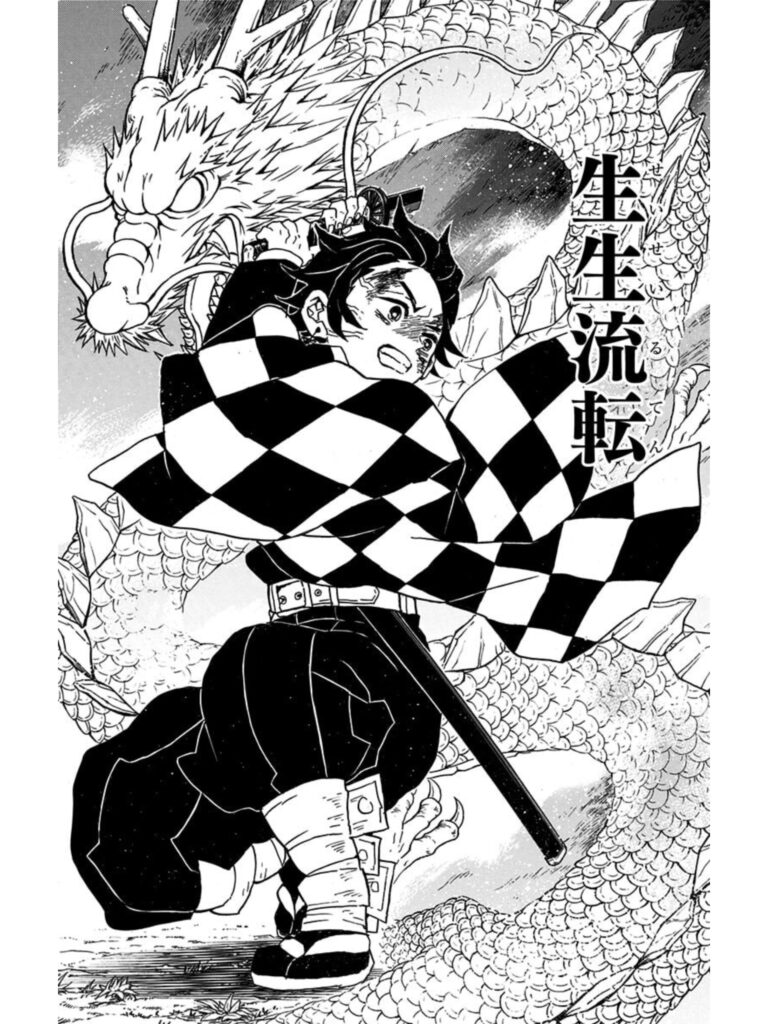
Secondly, on the ceiling of the main building there is a painting of the Water Dragon God. It looks like the water dragon which appears when Tanjiro uses the Water Breathing Tenth Form “Constant Flux”.

“Kamado” in the name, a folk tale of a demon eating humans, Water Dragon God… Indeed there are many things which associate Hachiman Kamado Shrine with Demon Slayer.
Website: Hachiman Kamado Shrine (Japanese only)
How to get to Hachiman Kamado Shrine
Address: 1900 Uchikamado, Oaza, Beppu-shi, Oita 874-0011
20 minutes walking from JR Kamogawa (亀川) Station
Homangu Kamado Shrine
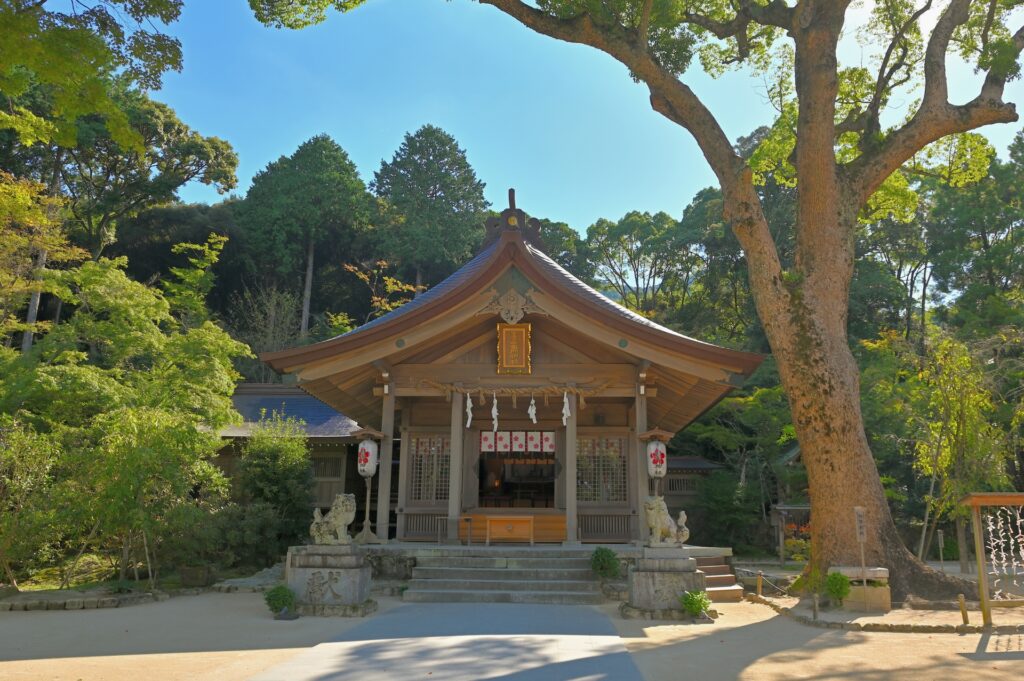
In Fukuoka Prefecture where Koyoharu Gotouge was born, there is another shrine with “Kamado” in its name: Homangu Kamado Shrine (宝満宮竈門神社). But again, the name is not the only reason why the shrine is considered to be Kimetsu pilgrimage location.
Homangu Kamado Shrine is located in Mt. Homan (宝満山) which is also named Mt. Kamado (竈門山). The mountain looks like a Japanese cooking oven “Kamado (竈門)” with cloud and mist which constantly cover the mountain.
In Japan nature is often associated with Gods and the representative example is Mr. Fuji (富士山). Mt. Homan has also been considered as a mountain where Gods come down. Homangu Kamado Shrine was built in 673 AC by the government of Dazaifu in the direction of “demon’s gate (鬼門)” = unlucky direction to protect the region.
Especially during the time when there were Mongolian invasions in the 13th Century, the respect for the mountain developed to Shugendo religion, in which Buddhist, Shinto and Japanese Taoist elements are combined. Since then many Yamabushi (山伏) who train themselves on a mountain climb Mt. Homan. Yamabushi who visit Mt. Homan wear clothing of Ichimatsu (市松) pattern, which is the same pattern as Tanjiro’s Haori jacket.

Currently Homangu Kamado Shrine is known as the shrine of matchmaking and the main God is “Tamayorihime no Mikoto (玉依姫命)“. Among fans of Demon Slayer the name of the God is considered to be the origin of “Tamayo (珠世)” who is a demon but aims to defeat Muzan Kibutsuji.
Website: Homangu Kamado Shrine (Japanese only)
How to get to Homangu Kamado Shrine
Address: 883 Uchiyama, Dazaifu-shi, Fukuoka, 818-0115
From JR Dazaifu (太宰府) Station
Take Community Bus (10 minutes)

Homangu Kamado Shrine is also a famous place for cherry blossoms and red coloring of leaves and many seasonal festivals are organized there, which also includes Beaujolais Nouveau festival. Worth visiting!
Mizoguchi Kamado Shrine
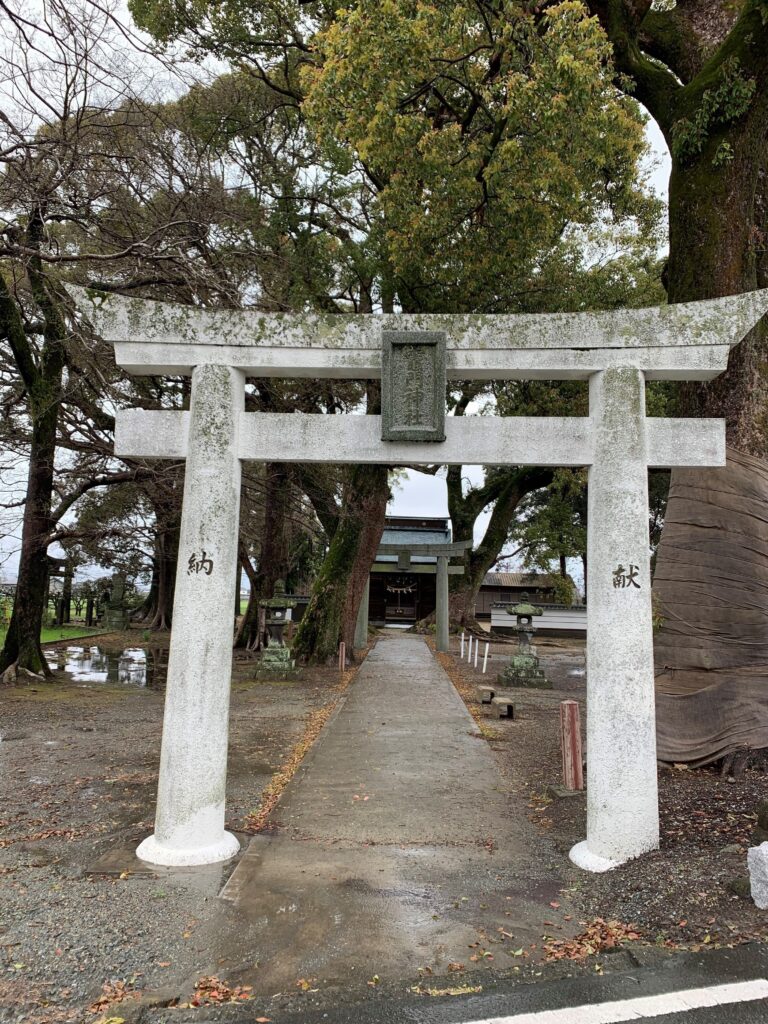
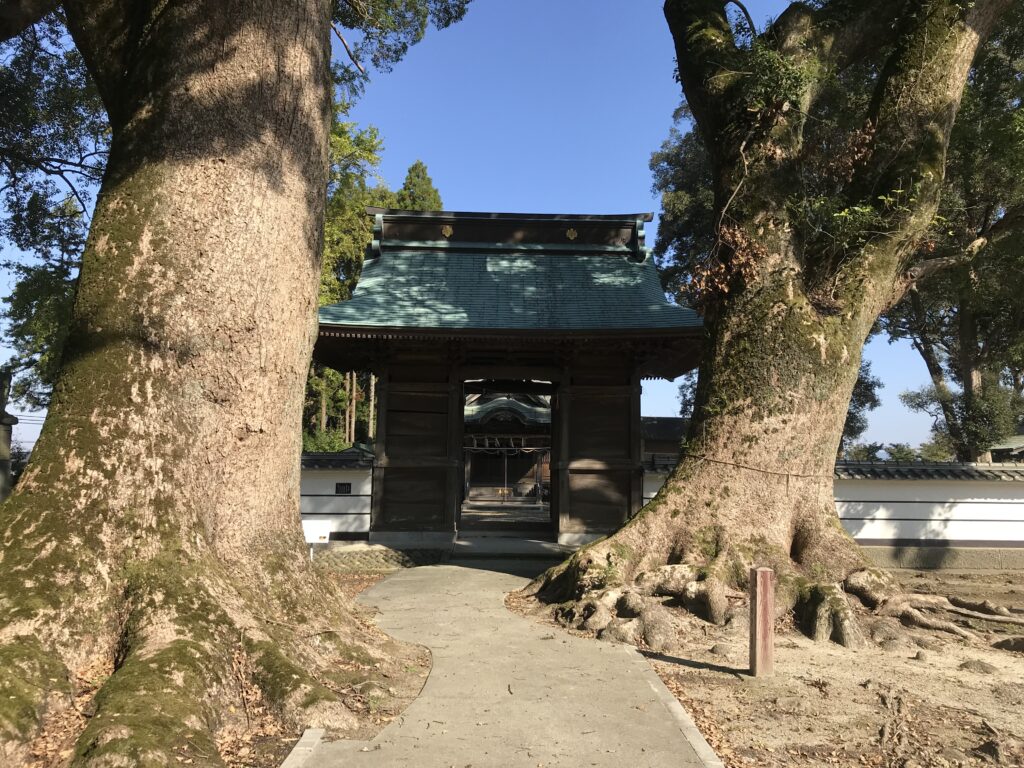
Picture provided by Fukuoka Prefecture Tourism Association
In Fukuoka Prefecture where Koyoharu Gotouge was born, there is a shrine named “Mizoguchi Kamado Shrine (溝口竈門神社)” and many fans of Demon Slayer are visiting there. This shrine is considered as a Kimetsu pilgrimage location due to the episode in Mugen Train Arc.
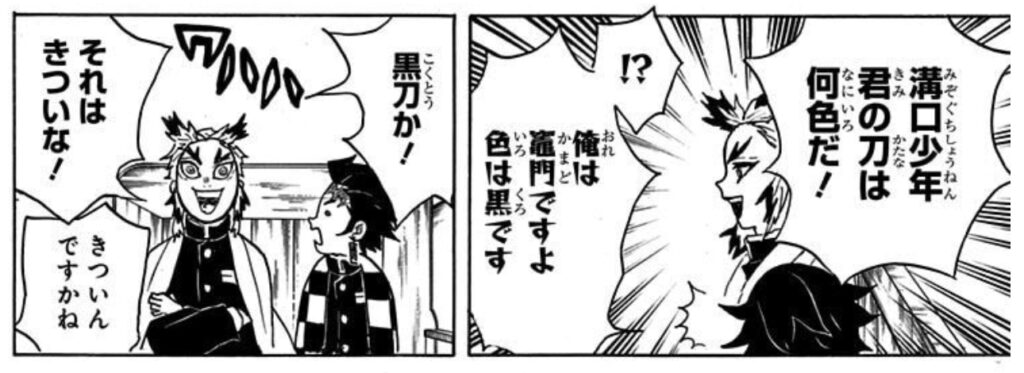
Young Mizoguchi, what color is your blade!
In the Mugen Train Tanjiro asks the Flame Hashira Kyojuro Rengoku if he knows something about “Hinokami Kagura (ヒノカミ神楽)“. During the conversation Kyojuro Rengoku addresses Tanjiro as “Young Mizoguchi” instead of “Young Kamado” by mistake. “I’m Kamado. And it’ black” answers Tanjiro. The name of “Mizoguchi Kamado Shrine” is considered to be the origin of this episode among fans of Demon Slayer.
There are more elements which associate Mizoguchi Kamado Shrine with Demon Slayer.
- The main God is “Tamayorihime no Mikoto (玉依姫命)” which is associated with the key person Tamayo (珠世)
- The shrine was built in the direction of “demon’s gate (鬼門)” of Mizoguchi Castle for the protection.
- Carving on the wood of the main building resembles the effect of Water Breathing.
- The Torii gate was built in the Taisho period and the frame hung in front of it resembles Nezuko’s box.
- The doll inside the two-storied gate wears a clothes of Ichimatsu pattern.
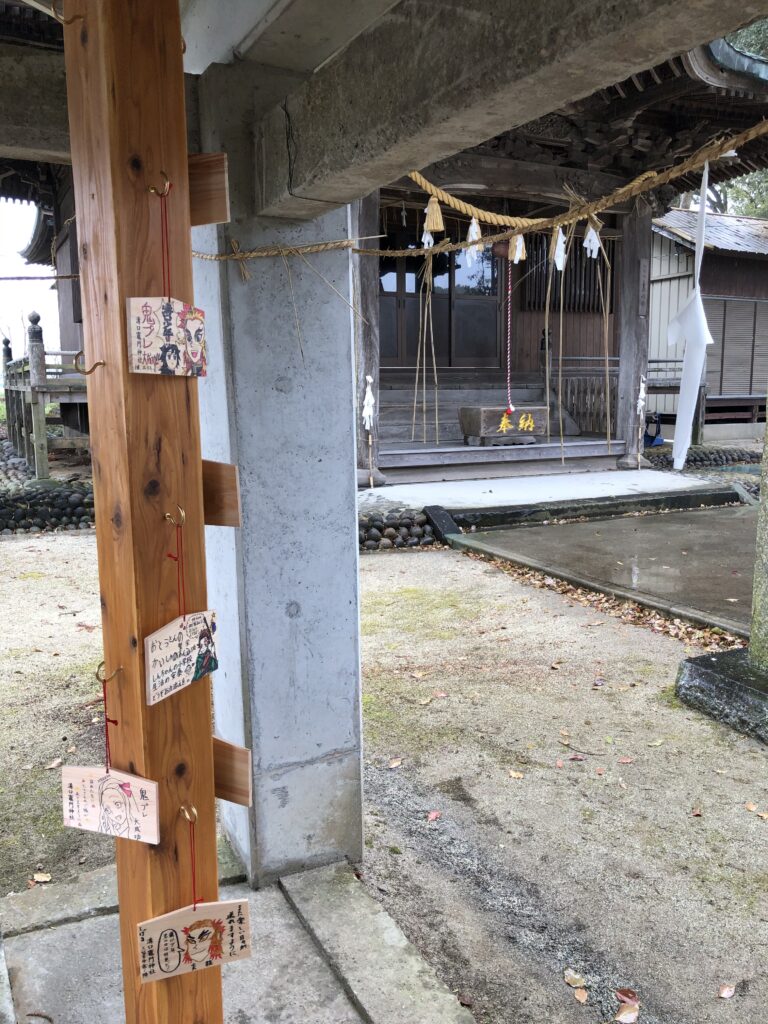
Picture provided by: Fukuoka Prefecture Tourism Association
Official Instagram: Mizoguchi Kamado Shrine
How to get to Mizoguchi Kamado Shrine
Address: 1553 Mizoguchi, Chikugo-shi, Fukuoka, 833-0012
From JR Chikugo Funagoya (筑後船小屋) Station
Take a taxi (10 minutes)
Katsuraki ni Imasu Honoikazuchi Shrine
Katsuraki ni Imasu Honoikazuchi Shrine (葛木坐火雷神社) located in Nara Prefecture is also the destination of Demon Slayer fans. Zenitsu Agatsuma uses Thunder Breathing, which has six forms, but the form which Zenitsu could master was only the First Form “Thunderclap and Flash”. However, he later develops Seventh Form “God of Fire Lightning = Honoikazuchi no Kami (火雷神)“ by his own to defeat his senior schoolmate Kaigaku (獪岳) who became a demon. The name of the shrine is same as the form developed by Zenitsu.
Website: Katsuraki ni Imasu Honoikazuchi Shrine
How to get to Katsuraki ni Imasu Honoikazuchi Shrine
Address: 448 Fuefuki, Katsuragi-shi, Nara, 639-2132
From JR or Kintetsu “Gose (御所)” Station
Take a taxi (6 minutes)
Kanroji Temple
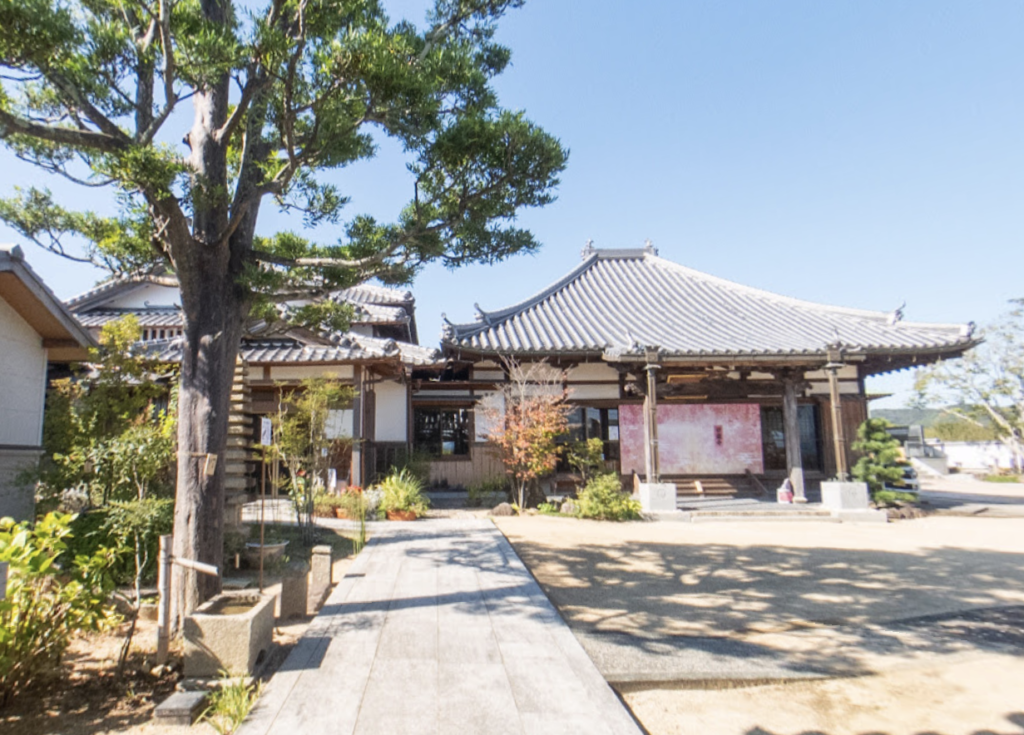
Kanroji Temple (甘露寺) in Nara Prefecture has the same as the family name of the Love Hashira Mitsuri Kanroji and is considered as Kimetsu pilgrimage location among fans.
Official Instagram: Kanroji Temple
How to get to Kanroji
Address: 693 Nishigawacho Nagahara, Kinokawa-shi, Wakayama, 640-0415
From Wakayama Dentetsu “Kanroji-mae (甘露寺前)” Station
4 minutes walking

Shinto Shrines and Buddhist Temples are holy places. Please make sure to observe good manners when you visit.

